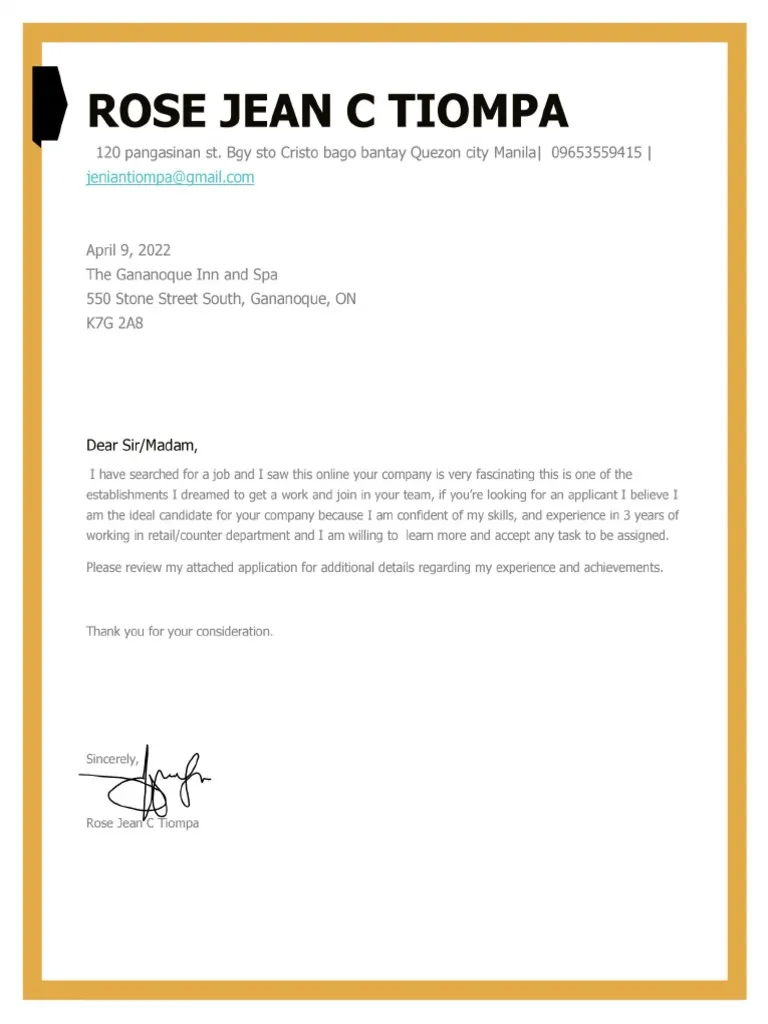What is a Cover Letter?
A cover letter is a crucial document accompanying your resume, acting as your introduction to potential employers. It provides a space to elaborate on your qualifications and express your interest in a specific role, going beyond a simple list of experiences. Think of it as your chance to showcase your personality, writing skills, and enthusiasm. Unlike the straightforward nature of a resume, the cover letter allows you to highlight your key accomplishments, aligning them with the requirements outlined in the job description. This personalized approach demonstrates your genuine interest in the position and the company. A well-written cover letter can be the difference between landing an interview and being overlooked.
Why a Cover Letter is Essential
In today’s competitive job market, a cover letter isn’t merely a formality; it’s a necessity. It offers a chance to explain gaps in employment, career changes, or any other relevant details that might need further context. A strong cover letter allows you to demonstrate your communication skills, which are highly valued by employers. Many employers use cover letters as a screening tool to assess your writing ability, attention to detail, and overall suitability. A well-crafted cover letter increases your chances of getting an interview by making a positive and memorable impression. It showcases your genuine interest and is an excellent opportunity to set yourself apart.
How to Tailor Your Cover Letter
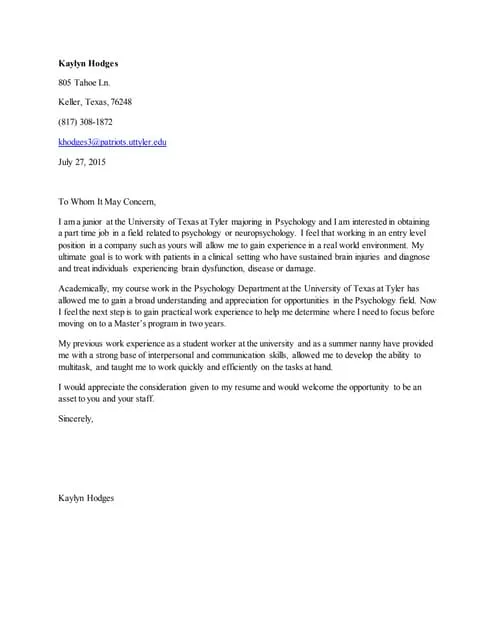
Generic cover letters often end up in the rejection pile. To truly impress, you must tailor each cover letter to the specific job and company. Begin by carefully reviewing the job description, identifying the key skills, experiences, and qualities the employer is seeking. Customize your letter to highlight how your qualifications directly align with these requirements. Use the same keywords and phrases from the job description to demonstrate that you understand the role. Personalize the letter by addressing the hiring manager by name (if possible) and referencing specific aspects of the company that appeal to you. This personalization shows that you’ve taken the time to understand the opportunity and are genuinely interested in the position.
Researching the Company
Before you start writing, research the company. Visit their website, read about their mission, values, and recent news. Check their social media presence to gain insights into their culture. This research allows you to demonstrate your knowledge of the company. It enables you to explain why you’re interested in working for them and how your skills align with their goals. Mentioning specific company projects or values shows you’ve done your homework and are interested in contributing to their success. This level of detail will make you stand out from other applicants.
Highlighting Relevant Skills and Experience
Your cover letter should showcase your most relevant skills and experience. Select the skills and accomplishments that match the job requirements. Use specific examples to illustrate how you’ve applied these skills and achieved results. Quantify your achievements whenever possible, using numbers and data to demonstrate the impact of your work. For instance, instead of saying “managed projects,” you might say “managed projects resulting in a 15% increase in on-time delivery.” This makes your qualifications more tangible and impressive. Remember to use action verbs to describe your responsibilities and accomplishments, bringing your experience to life for the reader.
Showcasing Achievements
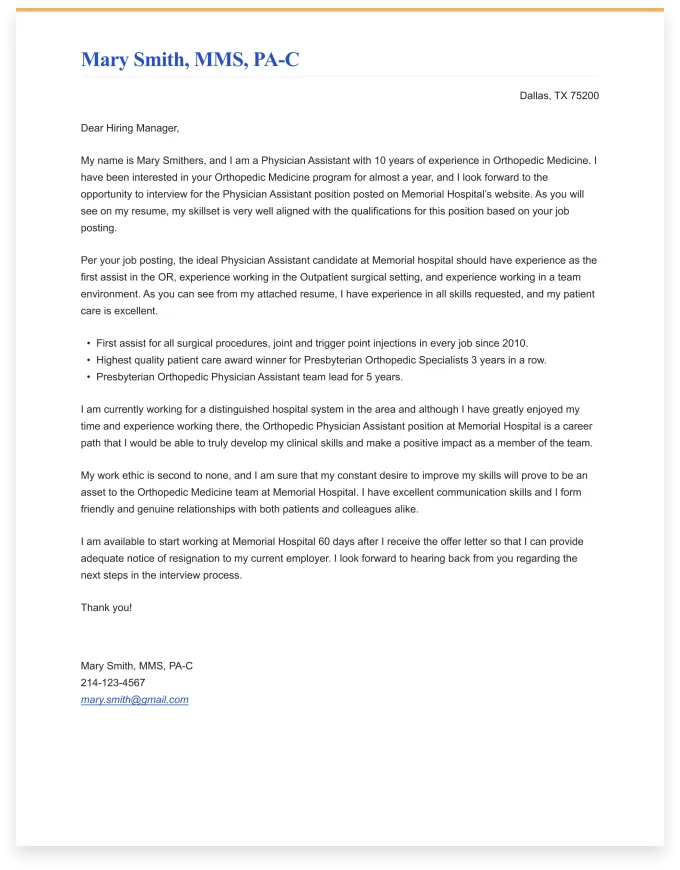
Focus on your achievements rather than simply listing your job duties. Briefly describe your responsibilities, but then highlight the outcomes you achieved. Utilize the STAR method (Situation, Task, Action, Result) to structure your examples. Describe the situation, the task you were assigned, the actions you took, and the positive results. This method provides a clear way to demonstrate your capabilities and value. For example, instead of saying “responsible for customer service,” say “Implemented a new customer service protocol, resulting in a 20% increase in customer satisfaction.” Showcasing your achievements makes your cover letter more compelling and memorable.
Structuring Your Cover Letter for Maximum Impact
A well-structured cover letter is easy to read and makes a positive impression. Start with a clear and concise opening paragraph that grabs the reader’s attention. The body should highlight your qualifications, using specific examples to demonstrate your value. Conclude with a strong closing paragraph reiterating your interest and enthusiasm. Maintain a professional tone throughout the letter and use a clear writing style. Ensure the letter is well-organized, with each paragraph serving a specific purpose. A well-structured cover letter guides the reader through your qualifications.
Formatting Your Cover Letter Professionally
Proper formatting enhances the readability and professionalism of your cover letter. Use a standard font like Times New Roman, Arial, or Calibri, sized between 10 and 12 points. Maintain consistent margins and use single-spacing with a blank line between paragraphs. Use a clear and professional heading that includes your contact information and the date. Address the hiring manager by name. Keep the letter concise, ideally no more than one page long. Proofread carefully to ensure there are no typos or grammatical errors. Professional formatting shows that you pay attention to detail and respect the recipient’s time.
The Opening Paragraph Captivating the Reader
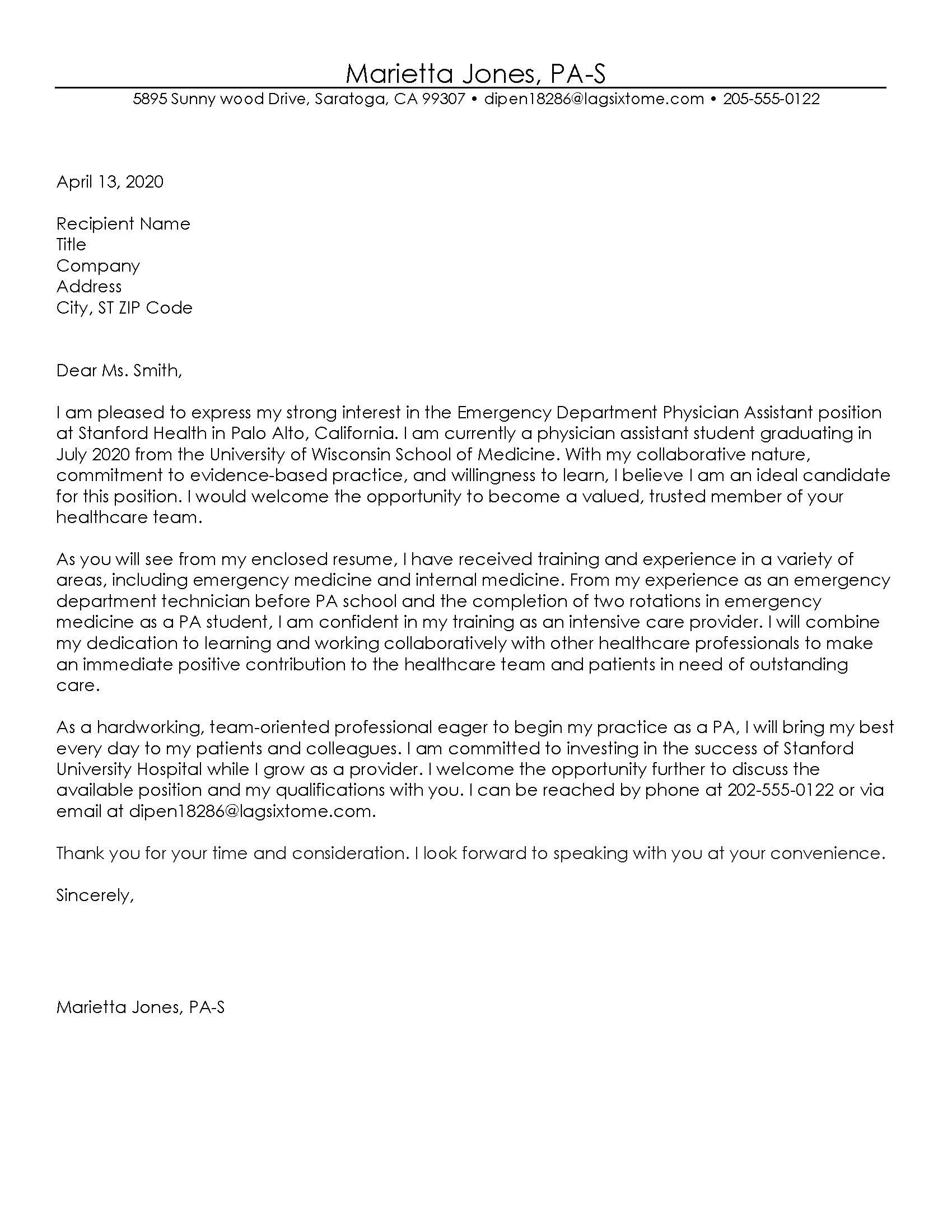
The opening paragraph is your first opportunity to make a strong impression. State the position you are applying for and where you saw the job posting. Briefly mention why you are interested in the role and the company. Highlight a key skill or achievement. Avoid generic phrases like “I am writing to express my interest.” Instead, be direct and enthusiastic, showing your understanding of the company. For example, “I am excited to apply for the Marketing Manager position at [Company Name], as I have been consistently impressed by your innovative campaigns.” A captivating opening paragraph sets the tone for the rest of your letter.
The Body Paragraphs Detailing Your Qualifications
The body paragraphs detail your qualifications and demonstrate how you meet the job requirements. Focus on the most relevant skills and experiences mentioned in the job description. Provide specific examples that illustrate your accomplishments. Use the STAR method (Situation, Task, Action, Result) to structure your examples, providing context, describing your responsibilities, explaining the actions you took, and highlighting the outcomes you achieved. Quantify your achievements, whenever possible, using numbers and data. Clearly link your skills to the specific requirements of the job, emphasizing how you are the right candidate.
The Closing Paragraph Making a Strong Impression
The closing paragraph should reiterate your interest and summarize your qualifications. Express your enthusiasm for the opportunity. Thank the hiring manager for their time and consideration. Include a call to action, such as expressing your availability for an interview. Maintain a professional and confident tone. Avoid generic phrases like “Thank you for your time.” Instead, be specific. For example, “I am eager to discuss how my skills can contribute to [Company Name]’s success and am available for an interview at your earliest convenience.” A strong closing paragraph reinforces your message.
Using Power Words to Enhance Your Cover Letter
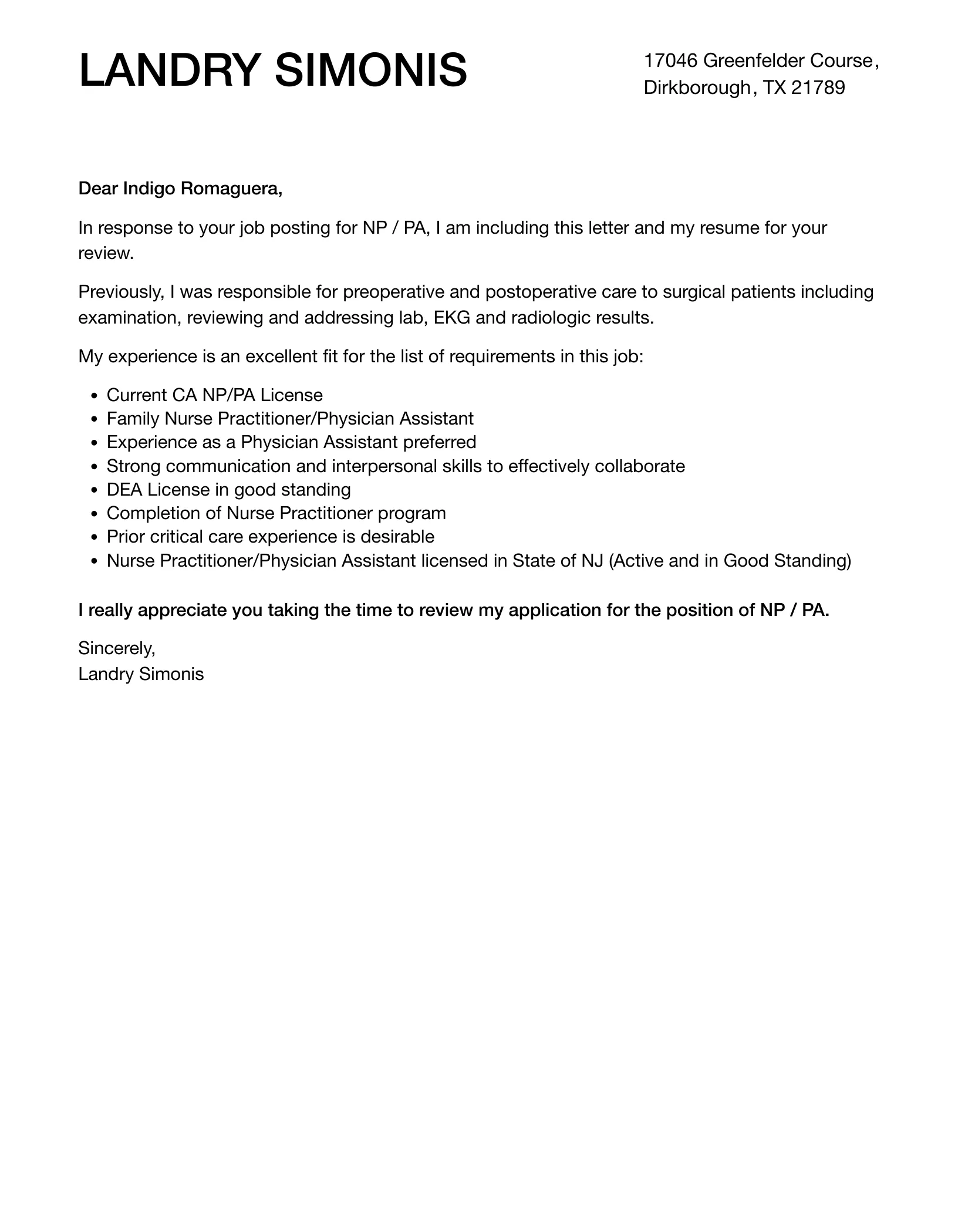
Power words are action verbs and descriptive adjectives that make your cover letter more impactful. They help you to convey your skills and achievements in a compelling way. Instead of using weak verbs, use action verbs like “led,” “managed,” “implemented,” or “achieved.” Use descriptive adjectives to enhance the impact of your statements. Power words can also express enthusiasm, such as “motivated” or “dedicated.” However, use them sparingly and strategically to avoid sounding inauthentic. The effective use of power words makes your cover letter more dynamic and memorable.
Avoiding Common Cover Letter Mistakes
Avoiding common cover letter mistakes is crucial to making a positive impression. Some frequent mistakes include typos and grammatical errors, using a generic cover letter, and ignoring the job description. Typos and grammatical errors can make you appear unprofessional. Using a generic cover letter shows that you haven’t taken the time to personalize your application. Ignoring the job description can result in your cover letter not highlighting your key skills. Proofreading and careful editing are essential.
Typos and Grammatical Errors
Typos and grammatical errors can damage your chances of getting an interview. They signal a lack of attention to detail and professionalism. Proofread your cover letter carefully. Use spell-check and grammar-check tools, but don’t rely on them completely. Read the letter aloud to catch any errors. Ask a friend or career advisor to review your cover letter. Proofreading ensures your letter is error-free.
Generic Cover Letters
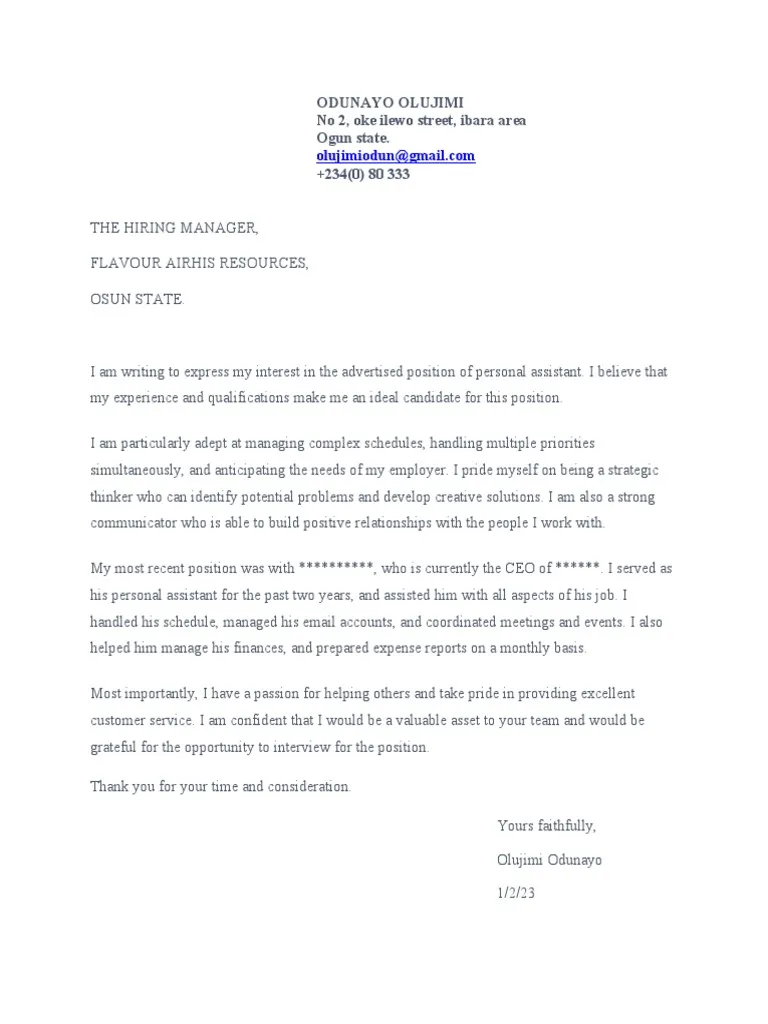
A generic cover letter is a template that is not tailored to the specific job or company. Generic cover letters show a lack of genuine interest. To avoid this mistake, customize each cover letter. Research the company, review the job description, and highlight the skills and experiences that align with the requirements. Personalize the letter by addressing the hiring manager by name. The best cover letters are unique and show a level of effort.
Ignoring the Job Description
Failing to address the job description’s requirements is a major mistake. The job description outlines the skills and qualifications the employer is seeking. Your cover letter should demonstrate how your qualifications align. Carefully review the job description, identify the key skills and experiences, and highlight how you’ve acquired them. Use the same keywords from the job description to demonstrate your understanding. Tailoring your cover letter is a critical step.
Proofreading and Editing Your Cover Letter
Proofreading and editing are essential steps in the writing process. Review your cover letter for any typos, grammatical errors, or awkward phrasing. Read the letter aloud to catch any mistakes. Use spell-check and grammar-check tools. Ask a friend or career advisor to review your cover letter for errors. Professional proofreading is a critical step in making a strong impression.
Tools and Resources for Cover Letter Writing

Several tools can help you write a compelling cover letter. Online templates provide a starting point for formatting. Resume and cover letter builders offer a step-by-step process. Grammar-check tools and writing assistants improve your writing. Career websites offer sample cover letters and advice. Consider seeking feedback from a career advisor or mentor. Use the resources to your advantage, personalize your cover letter, and showcase your qualifications.
